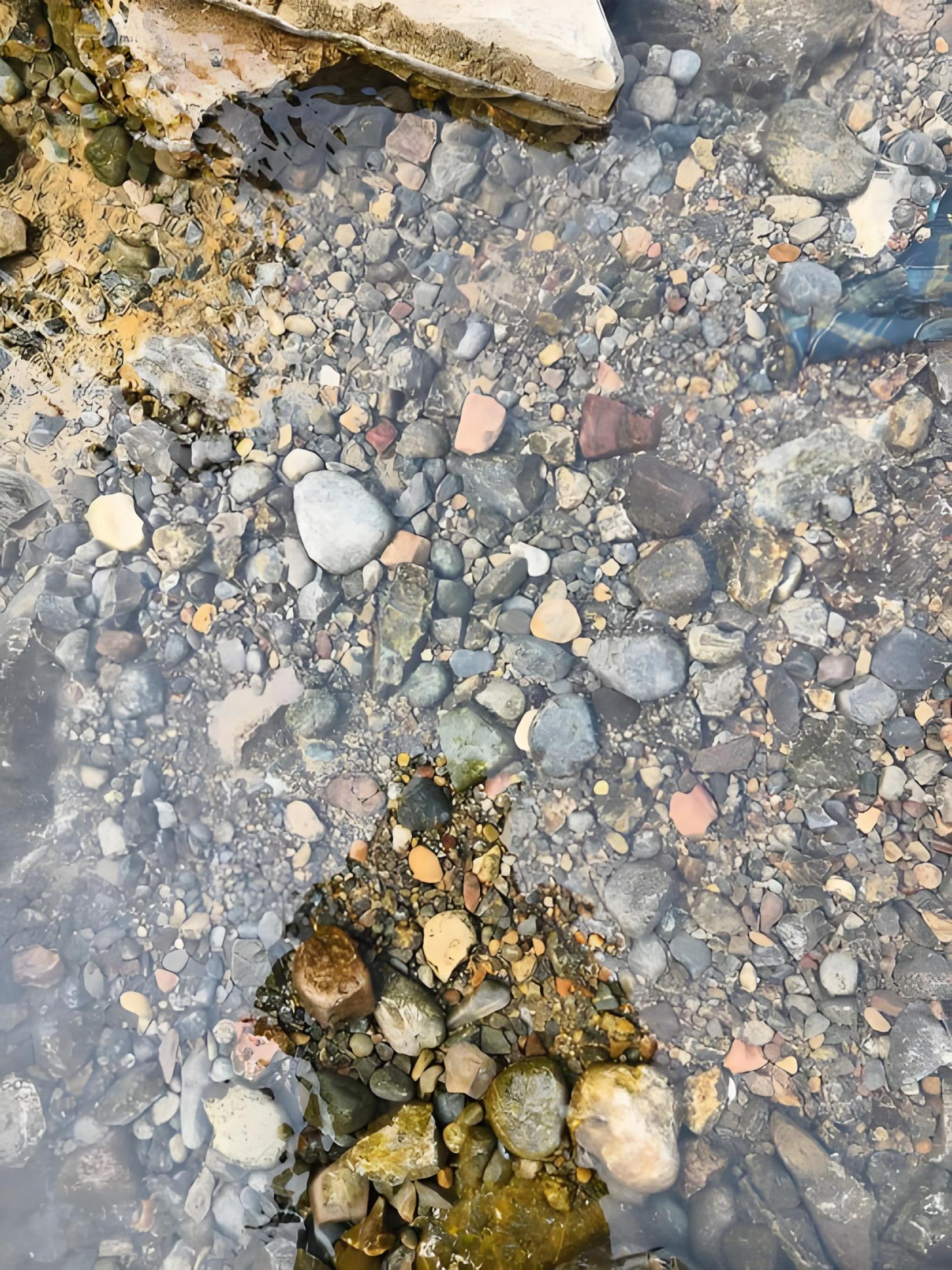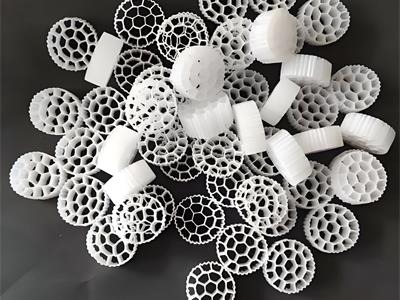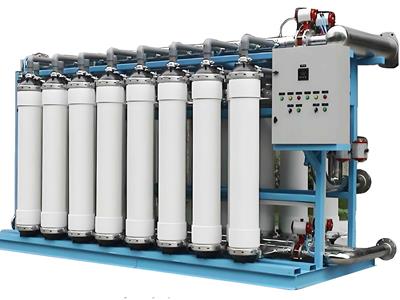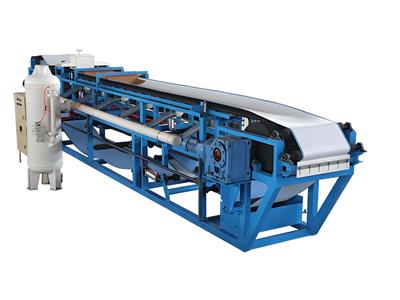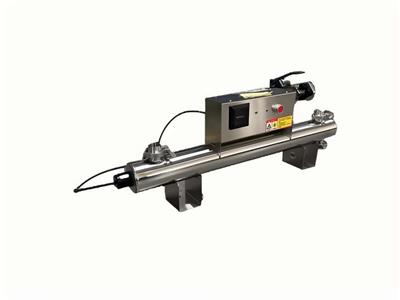- 2025-07-28
How to treat river water for drinking?
River water is a widely distributed and abundant freshwater resource, often used as a source of drinking water. So, how to purify river water into safe and clean drinking water? Read on to learn the detailed treatment steps and technologies.
1. Characteristics of River Water
River water comes from precipitation (rain, snow, hail) and melted mountain ice. During the flow, river water will erode the surrounding geological environment and eventually form a stable riverbed and riverbank. The water quality of river water depends on the local soil and vegetation conditions. Compared with groundwater, river water has higher turbidity, contains more sediment, algae and microorganisms, but has lower total dissolved solids (TDS) and hardness.
River water has a natural self-purification ability and can accommodate pollutants to a certain extent, keeping the water quality relatively stable. However, due to the influence of life and industrial activities, river water may contain harmful substances such as nitrogen, phosphorus, lead, mercury, cadmium and radioactive substances that exceed the safety limit.
Another prominent feature of river water is the obvious seasonal changes in water volume. In summer, the amount of water is sufficient, which is convenient for collection and utilization; in winter, the amount of water decreases and the turbidity is relatively reduced.
2. What is the significance of river management?
River water management is of great strategic significance to the sustainable development of society, economy and environment. At present, the freshwater resources available to humans (including surface water and groundwater) account for only 0.26% of the total water on the earth. Statistics show that at least 26% of the world's population lacks clean and safe drinking water. Therefore, river water management helps to efficiently utilize and distribute water resources, meet urban water supply needs, and alleviate the problem of freshwater shortage in some poor and remote areas.
River water may contain various bacteria, viruses, suspended particles and toxic chemicals. Drinking untreated river water increases the risk of waterborne diseases and seriously threatens human health. Common pathogens such as Escherichia coli, Salmonella and Vibrio cholerae can cause diseases such as diarrhea and dysentery. Long-term exposure to chemical pollutants in water can damage the immune system and even increase the risk of cancer.
In addition, treated river water can be used for various production activities such as agricultural irrigation, industrial production, transportation, power generation and aquaculture to improve production efficiency and promote economic growth. At the same time, river water treatment is also conducive to the sustainable development of water resources and ensures the balance and stability of the global ecosystem.
3. How to convert river water into drinking water?
The composition of river water varies depending on the geological environment of the region. Therefore, different methods are required for different substances. The first step in treating river water is to understand its quality by accurately testing basic water quality indicators such as turbidity, pH, suspended solids (SS), total dissolved solids (TDS) and bacteria. This helps to choose accurate and effective treatment methods. The following is a standard design process for river water treatment:
(I) Pretreatment
River water generally has high turbidity and contains larger particles such as silt, leaves and branches. River water pretreatment can effectively reduce the content of these impurities, reduce turbidity, prevent them from damaging subsequent purification units or components, and ensure stable operation of the system. There are a variety of pretreatment methods depending on specific needs. For example, a primary sedimentation tank can be used to treat river water with high sand content, or a grille can be used to intercept branches and debris. After that, a fully automatic sewage centrifuge is used to further separate suspended matter and sludge in the water after coagulation and sedimentation.
(II) Coagulation and Flocculation
There are many negatively charged suspended particles in river water, which repel each other and remain stable in the water. The coagulation process is to add positively charged coagulants, such as aluminum sulfate or ferric chloride, to the river water. These coagulants can neutralize the negative charge, making the fine suspended particles unstable and then combining into larger particles. To ensure that the coagulant and the particles are fully mixed, mechanical stirring or pump mixing is usually used.
Next, a flocculant is added to the water. Flocculants are high molecular weight polymers that can bind larger particles and colloids together to form flocs, which are easier to remove through subsequent sedimentation and filtration processes. The flocculation process generally uses a flocculation tank with baffles, a plate flocculation tank or a grid flocculation tank to increase the frequency of collisions between particles and form larger flocs.
(III) Sedimentation
River water usually carries larger particulate matter before entering the sedimentation tank. To ensure effective sedimentation and avoid floc breakage, it is important to control the flow rate of water flowing through the sedimentation tank. The river water flows through the sedimentation tank at a suitable speed, and the floccules sink to the bottom of the tank under the action of gravity and are removed, and the clarified water flows out from the top.
Generally speaking, the cross-flow sedimentation tank has a larger sedimentation area and is more effective for water treatment plants with larger treatment volumes. The inclined plate sedimentation tank increases the contact area with the river water, which can significantly improve the sedimentation efficiency.
(IV) Filtration
The water clarified in the sedimentation tank is further removed from organic matter, suspended solids, colloids and microorganisms through physical and chemical methods after passing through the sedimentation device. The commonly used filter materials for multi-media filters are quartz sand, anthracite and activated carbon. Sand filters are generally used to remove larger particle impurities and some organic matter, while activated carbon filters are used to absorb odors, certain organic compounds and heavy metals in river water.
Many water treatment plants also use membrane filtration technologies to filter river water, such as reverse osmosis, nanofiltration and ultrafiltration. These technologies can effectively separate dissolved salts, organic compounds and viruses. The membrane filtration device has tiny pores that allow water molecules to pass freely while retaining pollutants. Depending on the specific water quality requirements, different types of membranes can be selected, such as ultrafiltration membranes, nanofiltration membranes, and reverse osmosis membranes.
During the filtration process, impurities will accumulate on the surface of the filter material and in the membrane pores, and regular cleaning is required to maintain filtration efficiency and long-term operational stability. Backwashing is usually used, that is, introducing a reverse flow of water from the bottom of the equipment and observing the clarity of the water discharged from the top until the water flow is clear.
(V)Disinfection
Disinfection is a key step to ensure that river water is safe for drinking. It can effectively kill microorganisms, bacteria and viruses in the water and protect human health. The commonly used disinfection method in water treatment plants is chlorination, which is to pass chlorine into the river water. Chlorine reacts to produce hypochlorous acid with strong oxidizing properties, which destroys the cell membrane of bacteria, causing their DNA and proteins to leak and eventually kill the bacteria.
In addition to chlorination, other disinfection methods such as ultraviolet (UV) irradiation and ozone disinfection are also used to further improve the safety of water. Ultraviolet rays destroy the genetic material of microorganisms, making them unable to reproduce, and ozone oxidation reacts with organic and inorganic pollutants in the water and neutralizes them.
Maintaining a certain level of residual chlorine in the water during the storage and transportation of water through pipes can reduce the risk of bacteria breeding due to rust. Although there are some health risks with residual chlorine, if it is controlled within a safe range and then boiled, most of the residual chlorine will evaporate and will not harm human health.
Below is a flow chart:
In addition to the above treatment steps, other methods are also needed to remove more difficult-to-treat substances such as heavy metals. Technologies such as precipitation, ion exchange and adsorption can effectively treat these pollutants. For water with excessive hardness, a softening device can solve this problem.
In addition, the treated river water must be tested for water quality to ensure that it meets local drinking water standards before it can be used for human consumption.
4. Which river water treatment system is best?
The best solution is the river water treatment system that best suits your specific needs. However, due to the complex water quality of rivers, choosing the most suitable treatment system is not an easy task. To ensure that the selected system can effectively meet your needs, you can consider the following steps:
Professional water quality testing: Conduct detailed water quality testing in a professional laboratory to understand the content and pollution sources of various substances in the river water.
Clear requirements: Based on the test results, clarify the treatment goals, including the water quality standards and required treatment capacity of the treated water.
Consult experts: Seek advice and opinions from experts or professional organizations in the field of water purification to obtain targeted solutions.
System selection: According to expert advice, combined with the specific characteristics of the river water and budget, select a suitable river filtration system. Common methods include:
Conventional treatment system: Applicable to municipal water treatment plants to meet the water supply needs of residents.
Biological treatment method: It can effectively remove organic impurities and is suitable for rivers with high organic matter content.
Advanced oxidation process (AOP): It treats stubborn organic pollutants by generating free radicals.
Membrane treatment technology: Suitable for situations with high water quality requirements.
Continuous monitoring and maintenance: After installation, regularly monitor water quality and maintain the system to ensure that treatment standards are always met.
FupengWater is a company with 20 years of experience in water treatment, focusing on purifying river water, groundwater and seawater into municipal water and drinking water. We provide professional technical solutions and customized river water treatment plants for global government agencies, industrial projects, and small and medium-sized water purification companies.
If you want to buy a river water treatment system and want to save costs, please contact us!
5. FAQ
(I) Can I drink river water directly in remote areas?
In remote rural areas, although river water may be less polluted by domestic and industrial sewage, it is still a complex ecosystem containing various microorganisms, pathogens, viruses and sediments. These substances may pose a risk to human health, so it is not recommended to drink untreated river water directly.
(II) How to treat river water at home?
Some rivers may seem clear, but they may contain impurities that are invisible to the naked eye, such as fine particles, colloids and harmful microorganisms. Simple boiling methods cannot effectively remove these substances, and long-term drinking will have adverse effects on health. The correct approach is to first test the water quality to assess whether it is suitable for drinking and bathing, and then choose a professional river water treatment system. For low household water consumption, consider simple and cost-effective integrated river water treatment equipment, such as reverse osmosis systems.
(III) How to filter river water outdoors?
For outdoor camping and adventure activities, access to safe drinking water is essential to sustain life. First, prepare a map to clearly locate the water source. Then, consider purchasing lightweight portable equipment such as water purification tablets, water filters, and ultraviolet sterilization lamps. In addition, you can also make a simple distillation device to boil and condense water for emergency use.

